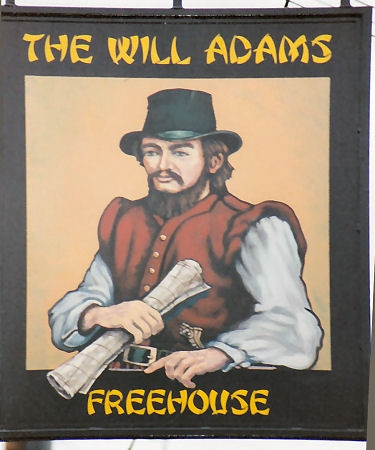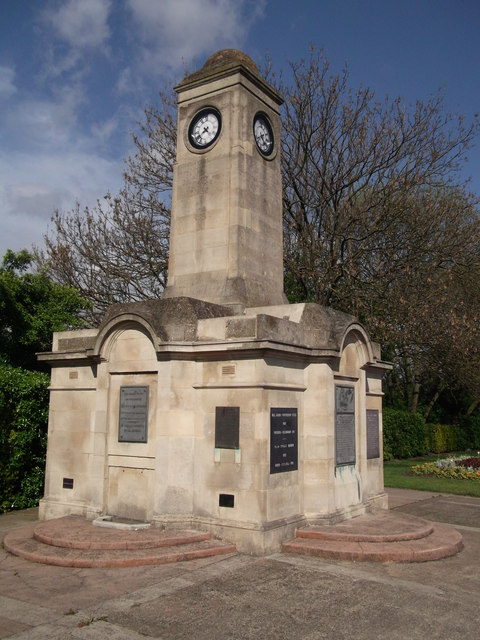There are, I would suggest, two major battles from that war that are deeply etched into our consciousness: the Battle of the Somme in 1916, and the Third Battle of Ypres, commonly known as the Battle of Passchendaele, in 1917. Indeed, the centenary of the start of that battle occurs next weekend.
Briefly, Passchendaele is a small village a few miles from the Belgian town of Ypres, also spelt Ieper and known to the Tommies of WW1 as Wipers. It was considered vital to the war effort to capture the ridge on which the village stood. the attack was launched on 31st July, but it was until 10th November that Canadian troops finally captured the village. The weather was appalling, as can be seen in this photograph, and there are reports of many men drowning in the mud.
 |
| Australian gunners on a duckboard track, 29 October 1917. Photo by Frank Hurley. |
| The Menin Gate. Photo Commonwealth War Graves Commission. |
When the memorial was finished, it was found to be too small to contain the names of all those who had no known grave so a cut-off date of 15th August 1917 was imposed. There are, nonetheless, 54,395 names inscribed. A further memorial at Tyne Cot Cemetery has the names of the remaining 34,984 UK soldiers missing. The names of the missing New Zealand and Newfoundland soldiers are on separate memorials.
One of the main roads out of Ypres passes through the gate, but every evening the road is closed while buglers of the local fire brigade play the Last Post. The Last Post Association web site states:
Every evening since 1928 the Last Post has been played under the Menin Gate Memorial in Ieper at 8 o'clock sharp. This evening the ceremony will take place for the 30747th time.In fact, that is not quite correct. The ceremony didn't take place while Ypres was occupied by the Germans during World War II, but on the day the German army retreated, the ceremony was reinstated. It regularly attracts considerable crowds, as can be seen in this video taekn only in April this year.






